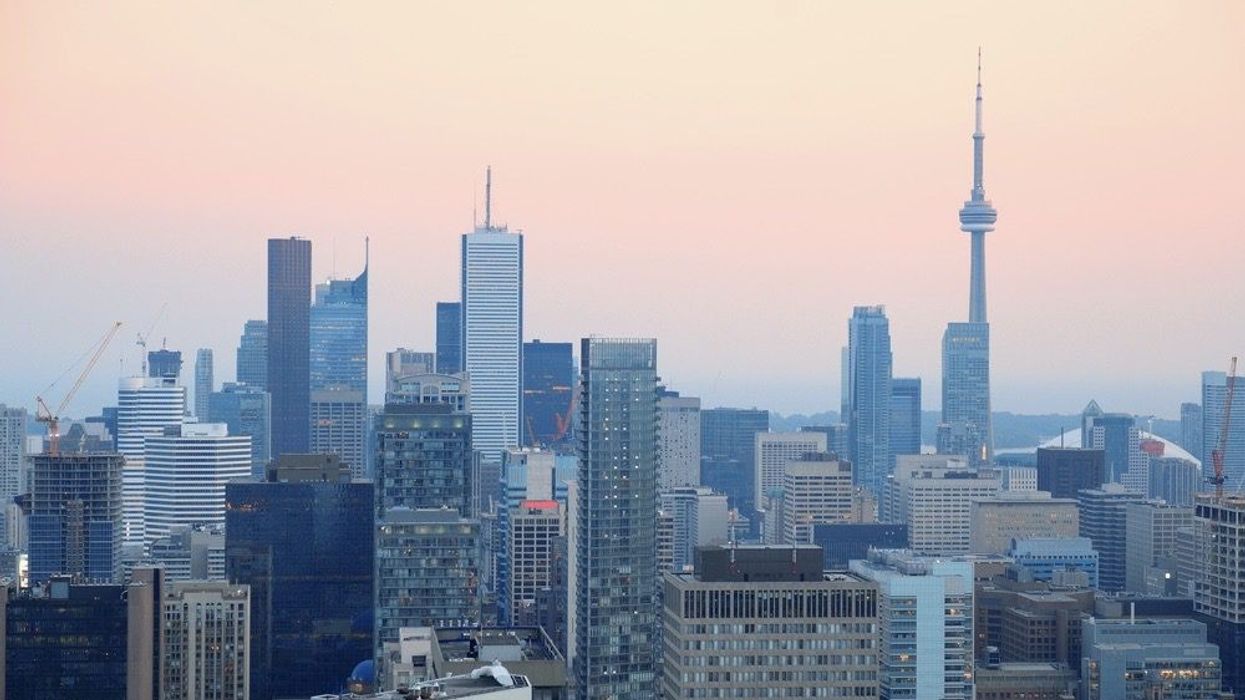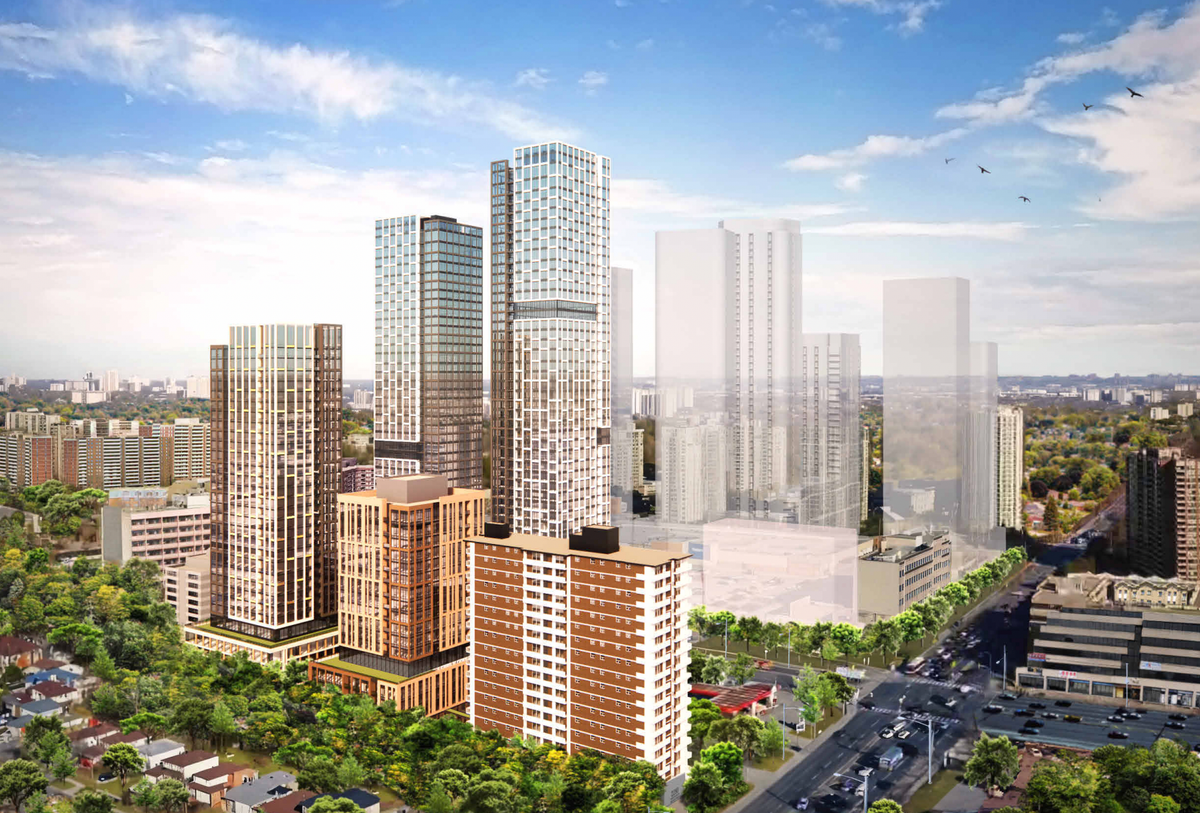As one year ends and another begins, Toronto finds itself a battleground in a bitter cultural war being fought by the forces of then and now, what was and what might be.
While Ontario Premier Doug Ford pursues his asphalt vision of highways and subdivisions as far as the eye can see, Toronto City Council struggles, often against itself, to control its own destiny, move beyond the past, and drag the city kicking and screaming into the future.
While Toronto began to reconsider in earnest the civic verities of the last century -- car-dominated streets, sprawl, free parking, single-family zoning -- the province remained committed to the idea that nothing will serve us better than more of the same old, same old.
If it weren’t for the twin disasters of climate change and COVID-19, Ford’s backward-looking agenda might be enough to convince voters to continue his tenuous grip on power. That can no longer be taken for granted. But the more things change, the more Doug Ford stays the same.
So far, the premier owes less to the electorate than to former Liberal leader Kathleen Wynne’s failure to read the tea leaves soon enough to save the 2018 provincial election. The NDP’s perennial loser, Andrea Horwath, has also done her bit to keep Ford in office.
Meanwhile, as the urban/rural divide grows ever wider, the only voters Ford can count on are those in the hinterland, rural and suburban. City-dwellers -- especially in Toronto where Doug Ford sat on council from 2010 to 2014 -- never really fell for his ersatz buck-a-beer everyman persona. And so power now rests largely in suburbia’s hands. But even there, voters can no longer be counted on to go along with Ford’s musty and muddled moves.
READ: Hurry Up and Wait: Ford’s Commitment to New Highways Should Pump the Brakes
Meanwhile, back downtown where activists and Don Cherry’s “bike-riding pinkos” roam freely, civic politicians found the gumption to take steps unthinkable until recently. In November, for example, local councillors voted to make CafeTO provisions permanent. That’s the COVID program that created space for outdoor restaurants by closing traffic lanes along streets from King and Queen to Yonge and Danforth.
“This successful program supports operators, protects jobs and creates vibrancy,” Toronto Mayor John Tory said in a statement. “It’s one of many important initiatives I’m proud we have put into place and I know it will help Toronto come back from the pandemic stronger than ever, while also providing much-needed support to local businesses for years to come.”
Even more shocking, perhaps, was a city staff proposal to eliminate minimum parking regulations -- that bedrock of modernist planning -- on new development. In other words, all those condo towers will no longer have to provide space for cars. Continuing said shock, the plan was approved by Council last week week.
Then came council’s decision to introduce inclusionary zoning regulations on new construction starting in 2022. The rules will require between 5 and 8% of new units in buildings near major transit hubs to be affordable.
Hard to say what Doug Ford made of these moves, but chances are he rolled his eyeballs and shook his head in disbelief that the city would even think of slowing the flow of cars and trucks, of reducing the number of parking spots and of forcing builders to provide apartments below market rates. In the premier’s mind, there’s nothing that can’t be solved by the market. Ontarians were reminded of his faith in private enterprise when his government appeared poised to renew the licence of the notorious “retirement community,” Orchard Villa, where COVID-19 killed 70 residents.
But here’s the point: outside of Canada, mention Ontario and you draw a blank. Toronto, on the other hand, is celebrated internationally as a top second-tier city, one of the planet’s most liveable communities. While Toronto has become Canada’s most significant economic engine, the province has become a jurisdictional relic. And as the world grows ever-more urban, it will be up to Canada’s cities to lead the country into the future. It’s true Toronto has been slow to accept the challenge. The habit of servitude is hard to unlearn.
Given the inequities of Ontario’s voting system, rural and suburban interests have traditionally dominated Queen’s Park. Worse still, when Toronto and its surrounding municipalities were amalgamated in 1998, control of city council was handed to suburban councillors, who outnumber those from the “old” city. Like Ford, they were generally focussed on traffic and taxes. This has left Toronto decades behind where it needs to be as a global metropolis.
Toronto’s weak environmental record is an example of its failure to keep up with progressive cities. Its target -- net zero by 2040 -- sounds good, but there’s the nagging question of where the billions needed to green Toronto will come from.
In a city where voters want climate action, but only if they don’t have to pay for it, the answer will be blowing in the wind for some time to come. Until then, the struggle continues. The province may have the upper hand, but don’t count Toronto out just yet.





















